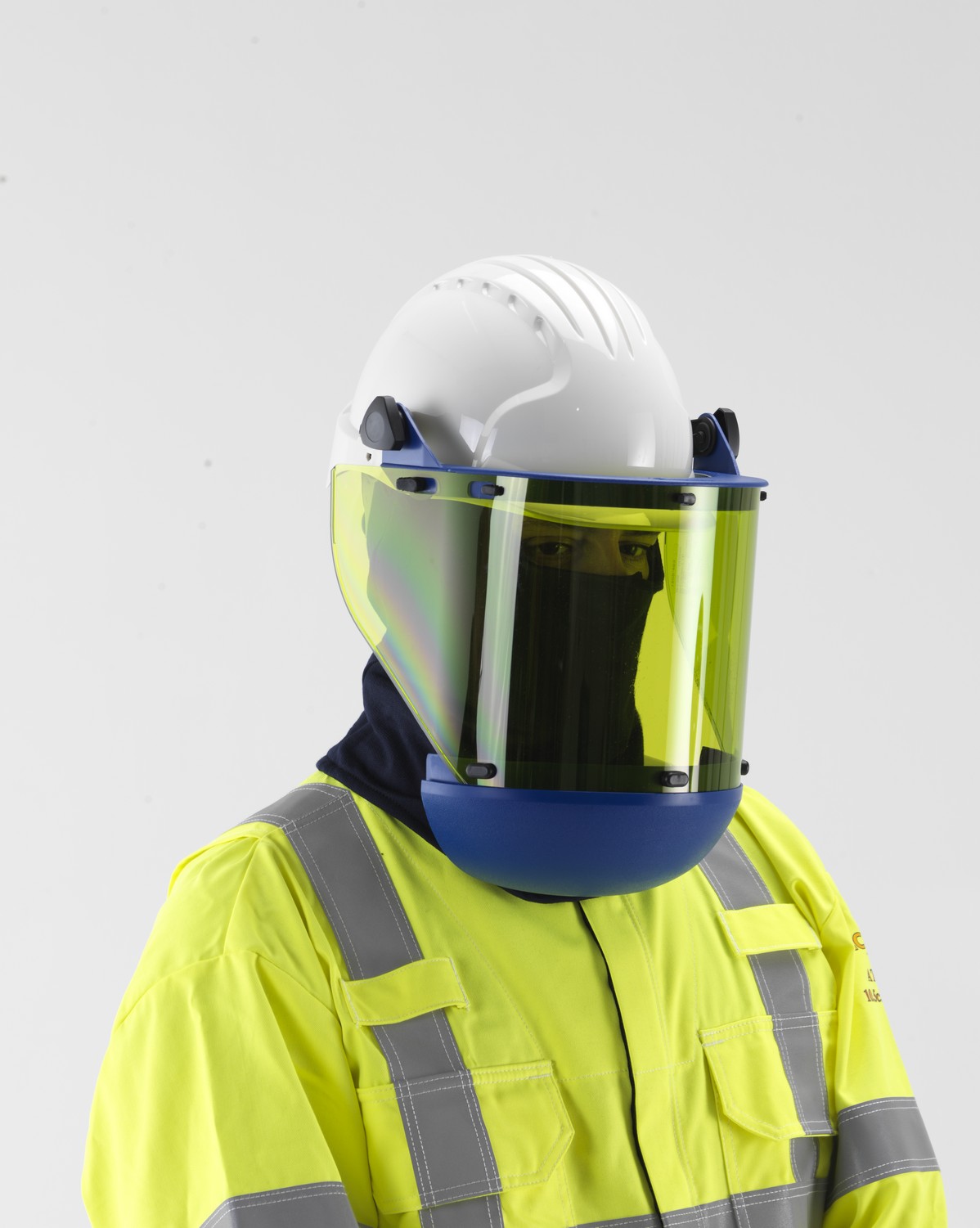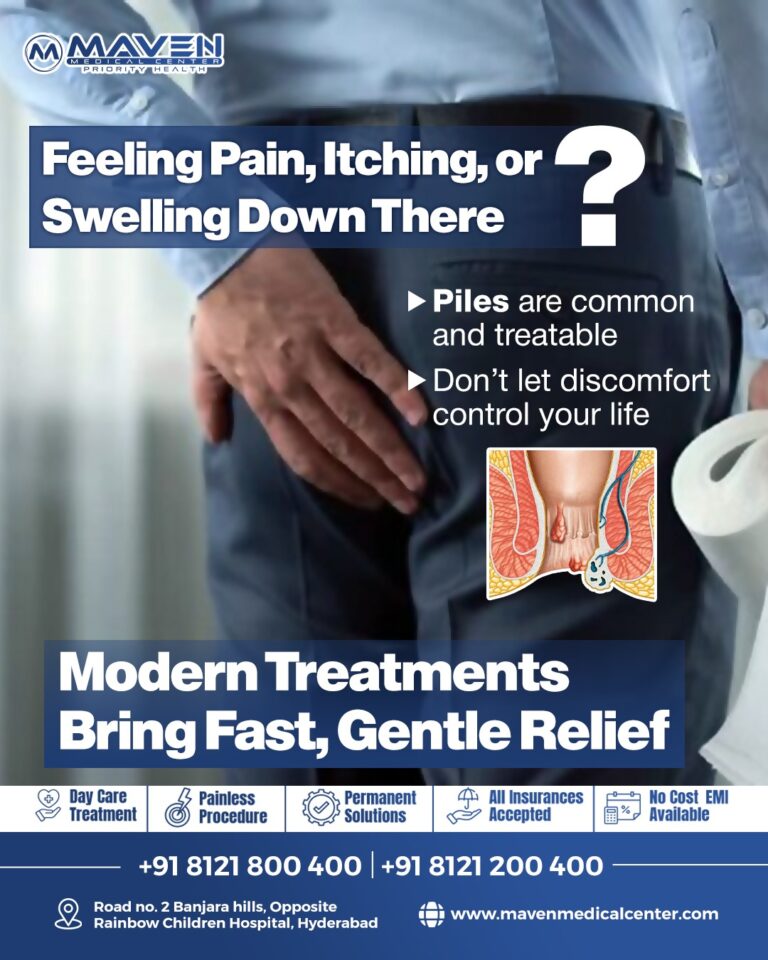
Electric work is fraught with risks, and the most dangerous hazard that one faces is an arc flash. An Arc flash faceshield is a crucial piece of personal protective equipment (PPE) designed to safeguard workers against burns, injuries, and long-term health issues resulting from unexpected electrical explosions. Such accidents can occur in industrial settings, construction sites, or even during routine maintenance, making protective gear essential for safety. Face shields are not merely a comfort issue; they are lifesavers. They protect the face, eyes, and neck from excessive heat, airborne debris, and molten metal created by an arc flash incident.
What Is an Arc Flash?
An arc flash is an instantaneous discharge of energy resulting from an electrical failure, typically accompanied by a tremendous amount of heat, light, and pressure waves. The temperature will rise to as high as 35,000°F, hot enough to vaporize metal instantly. Exposure for only a short time can result in severe burns, eye damage, or permanent injury.
Arc flashes may occur when electrical equipment is not handled correctly, when safety protocols are bypassed, or even through equipment failure. Since they occur almost instantaneously, proper protective gear is crucial for reducing injuries.
The Role of an Arc Flash Faceshield
An Arc flash face shield is a personal protective equipment product designed to safeguard employees from the impact of an electrical explosion. Constructed using materials that can withstand heat and subjected to high-intensity exposure testing, these face shields envelop the entire face and commonly feature visors that cut down glare and improve visibility.
The main advantages are:
• Heat Protection: Faceshields dissipate and deflect the tremendous heat created in an arc flash.
• Impact Resistance: They protect against flying debris, sparks, and molten metal.
• Eye Safety: Visors designed for arc protection help prevent eye injuries from bright flashes and UV radiation.
• Full Coverage: Some models come down to the neck and shoulders, minimizing the risk of burn to exposed skin.
Wearing an Arc flash face shield allows workers to work with confidence, having a vital layer of protection against unforeseen electrical dangers.
Selecting the Best Faceshield
Not every face shield provides the same level of protection. The appropriate Arc flash faceshield selection is based on the degree of risk, nature of work, and regulatory requirements. The key considerations are:
• Arc Rating: Specifies the amount of energy the shield can absorb. The higher the rating, the greater the protection.
• Visibility: Anti-fog coatings and clear visors enhance task performance.
• Comfort and Fit: Adjustable headsets keep the shield on for extended hours of work.
• Compliance: Search for PPE that complies with ANSI/ISEA and NFPA 70E standards for arc flash protection.
Regular maintenance and inspection are also essential. Cracks, scratches, or worn components can lower effectiveness, so faceshields need to be replaced as required.
Training and Proper Usage
An Arc flash face shield can only work properly if used correctly. Employees need to be trained in putting on, fitting, and storing their PPE. Training must include:
• Ensure correct positioning to protect the eyes and face fully.
• How to combine face shields with other PPE, such as gloves, jackets, and helmets.
• Understanding arc flash labels and risk assessments is essential to determine when protection is necessary.
• Combining proper equipment with knowledge reduces accident rates and ensures a safer work environment.
Beyond Faceshields: Complete Arc Flash Protection
Though face shields are paramount, a well-rounded arc flash safety strategy entails multiple layers of protection. Arc-rated garments, gloves, and helmets work together to reduce the risk of injury. Furthermore, engineering controls such as insulated tools and equipment barriers reduce the likelihood of an arc flash occurring in the first place.
For locations with regular arc flash hazards, an Arc flash curtain is another safety measure. These curtains protect other employees nearby from heat, light, and spattered objects, supplementing the protection that personal PPE provides.
Real-World Impact
Industries working with high-voltage equipment experience fewer accidents when they have proper arc flash protection. Technicians with face shields can keep on working on maintenance tasks without any risk, and a combination of individual PPE and environmental barriers such as curtains keeps catastrophic accidents at bay. Investment in PPE, training, and work area safety culture isn’t just compliance–it saves lives and minimizes downtime due to workplace mishaps.
Conclusion
An Arc flash faceshield is a must-have for anyone who works with electricity, safeguarding the face, eyes, and neck against catastrophic injuries. To ensure complete workplace safety, using personal protection in conjunction with an Arc flash curtain guarantees that both workers and nearby personnel are protected. Together, these products provide a contained area in which risks are eliminated and trust is increased.


